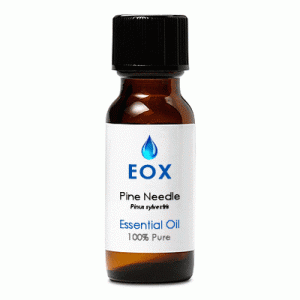|
Characteristics:
A colorless or pale yellow mobile liquid with a strong, dry balsamic, turpentine-like aroma. It blends
well with cedarwood, rosemary, tea tree, sage, lavender, juniper, lemon, niaouli, eucalyptus, and marjoram.
Principal Constituents: These are naturally occuring in the essential oil.
- monoterpene hydrocarbons
- pinene
- carene
- dipentene
- limonene
- terpinenes
- myrcene
- ocimene
- camphene
- sabinene
- bornyl acetate
- cineol
- citral
- chamazulene
General Actions:      Open Symbols Key
Open Symbols Key
Antineuralgic, antirheumatic, antiscorbutic, antiseptic (pulmonary, urinary, hepatic),
balsamic, cholagogue, choleretic, deodorant, diuretic, expectorant, hypertensive,
insecticide, restorative, rubefacient, stimulant (adrenal cortex, circulatory, nervous), vermifuge.
Safety:

Non-toxic, non-irritant (except in concentration), possible sensitization. Avoid in allergic skin
conditions.
Primary Therapy Agent:
Rheumatism, catarrh, coughs, sinusitis, colds/flu.
Secondary Therapy Agent:
Cuts/sores, excessive perspiration, lice, scabies, aches and pains, arthritis, debility/poor muscle tone,
gout, muscular cramp, muscle stiffness, poor circulation, low blood pressure, sprains, strains, asthma,
bronchitis, sore throat, throat infections, cystitis, nervous exhaustion, fatigue, nervous tension,
stress-related conditions, neuralgia, sciatica.
Important Note: The information on Florapathics.com is
only provided for educational purposes, and further research should be done on each essential oil to be assured
of its proper usage for each individual. Aromatherapy is not meant to be a replacement for care under a qualified
health professional, but should be considered a complimentary modality.
|










